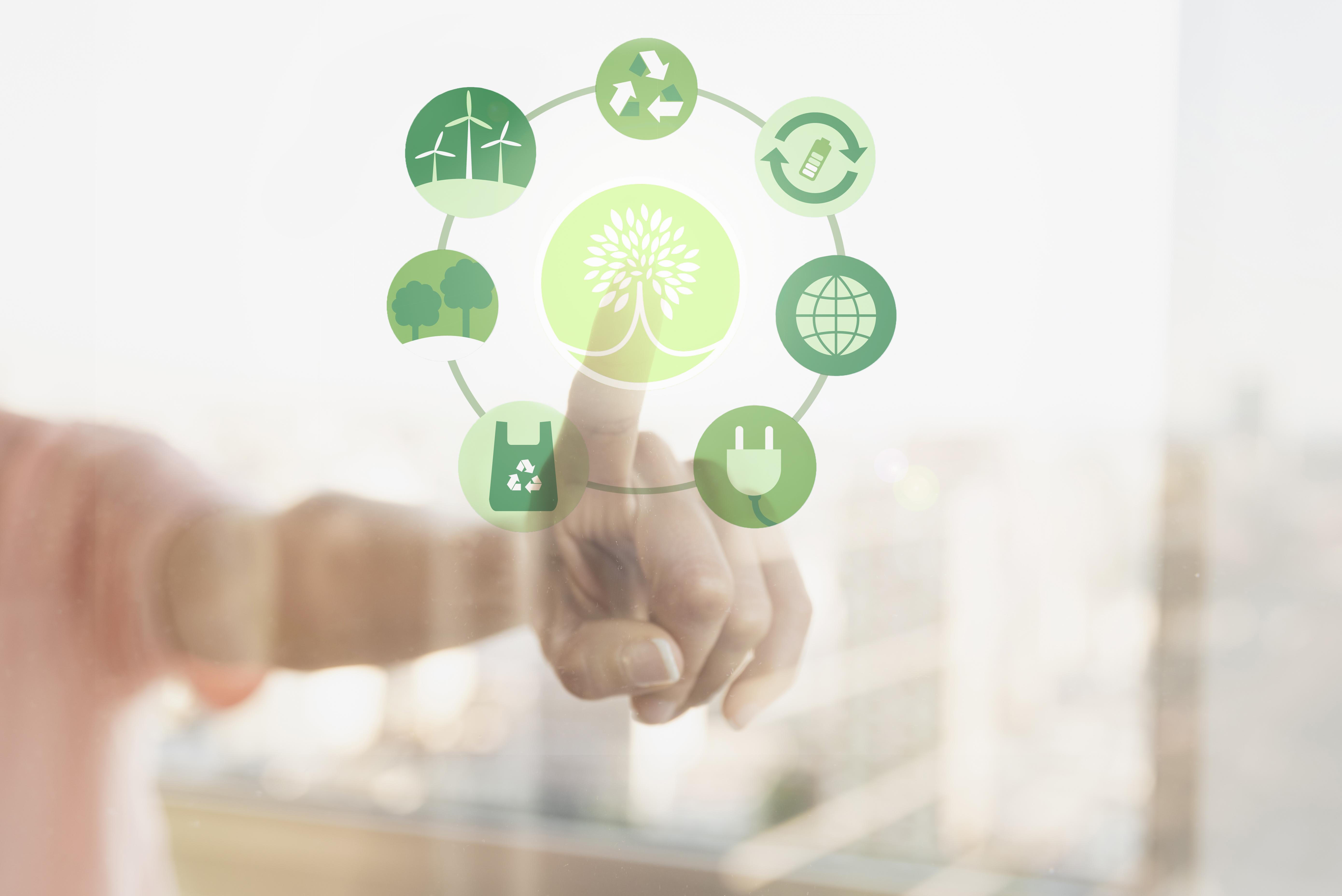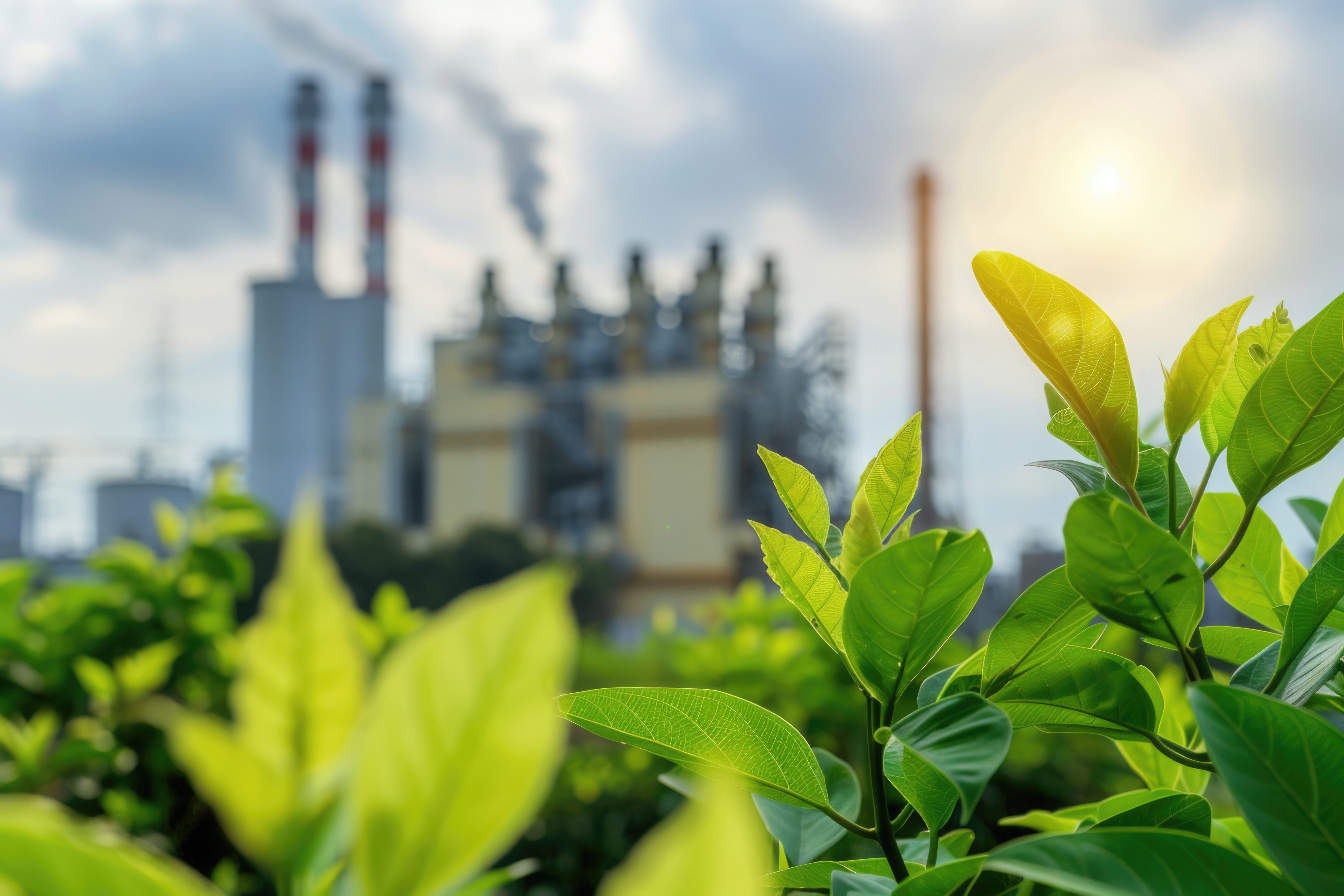EBT Indicators: Solutions to Climate Change and the Environment
Climate change and the environment are global issues that urgently need to be addressed. One way to reduce the negative impact is by utilizing New and Renewable Energy (EBT) and maximizing the achievements of the EBT indicators.
New Renewable Energy (EBT), or Renewable Energy, refers to energy resources that can be renewed naturally and will not run out. That’s why it is a more environmentally friendly option. To understand renewable energy, You need to read this article further!
Types of Renewable Energy
According to the explanation above, EBT is an energy source produced from natural sources that can be continuously renewed without damaging the environment. Before discussing further regarding EBT indicators, first know the following types:
1. Water Energy (Hydropower)
This Energy is obtained from water flows such as rivers, seas, or dams. Indonesia has great potential in this regard, with many rivers and waterfalls that can be used as electricity generators. One of Indonesia’s largest hydroelectric power plants is in Central Sulawesi, namely the Poso Power Plant.
2. Solar Energy (Solar Energy)
Solar Energy is Energy obtained from sunlight by utilizing solar panels. Many areas in Indonesia have PLTS (Solar Power Plant) installations—for example, Cirata Floating PLTS Indonesia. Although the potential of solar power as a new renewable energy (EBT) source in Indonesia is enormous, several challenges still need to be overcome, such as project financing, licensing, and supporting infrastructure.
3. Wind Power (Wind Energy)
This Energy utilizes kinetic Energy from the wind to rotate the wind turbine. One example of its application is the Wind Power Plant (PLT Bayu) Sidrap, located in Sidenreng Rappang Regency, South Sulawesi.
4. Geothermal Energy (Geothermal)
As the name suggests, this energy comes from natural heat on Earth. Geothermal Energy is economical, sustainable, environmentally friendly, and relatively abundant in Indonesia, for example, Sarulla PLTP.
5. Biomass (Biomass Energy)
This Energy comes from organic materials such as agricultural waste, wood, or garbage. The use of biomass for electricity generation in Indonesia is developing, one of which is through the Pulubala PLTBM in Gorontalo, with an energy source from corncob biomass.
6. Wave Energy (Wave Energy)
The Energy of ocean waves or waves comes from the pressure of rising and falling sea waves. The potential for application is relatively high because Indonesia is a maritime country between two oceans. This aligns with what the relevant professor of oceanography expressed at the University of Maryland about Indonesia’s marine energy potential.
We are exceptionally well-suited because we have the Indonesian Throughflow and, secondly, we have tides.
Characteristics of Renewable Energy
The characteristics or indicators of EBT can be known by identifying several aspects, starting from availability, emission levels, and so on. Here are some of the factors:
1. Derived from Natural Resources
Renewable Energy comes from abundant and renewable natural resources, such as sun, wind, water, and biomass.
The main characteristic of renewable Energy is that these sources will not be depleted or depleted over time. For example, the sun will always shine, the wind will blow, and water will continue to flow indefinitely.
2. Environmentally Friendly
Lastly, using EBT is more environmentally friendly and does not produce carbon emissions or other pollution. Apart from that, renewable Energy also does not depend on limited fossil fuels that cause pollution.
3. Low GHG emissions
A critical characteristic of Renewable Energy is that its use tends to produce lower greenhouse gas (GHG) emissions than fossil energy sources.
This helps reduce the impact of global climate change because renewable energy can reduce dependence on fossil fuels that produce carbon dioxide. Then, it is necessary to GreenhouseGas (GHG) Inventory.
4. Energy Efficiency
Renewable Energy often has a high-efficiency level in generating electricity or heat power. Solar panels, for example, can convert sunlight into electricity with ever-increasing levels of efficiency.
EBT (New and Renewable Energy) Indicator
The Indonesian government has set ambitious targets for the use of renewable Energy. By 2025, Indonesia plans to have 23% of its energy mix from renewable sources, with a production capacity of around 400 million tonnes of oil equivalent (MTOE).
Then, in 2050, the target is 31%, with a production capacity of around 1,012 MTOE. These various targets were set with the aim of achieving national energy independence.
The EBT indicators the Indonesian government sets include availability, accessibility, and affordability. This is critical in achieving a more sustainable and environmentally friendly energy transformation in Indonesia. Here are the details:
1. Availability (Availability)
Energy availability reflects the existence of NRE sources, whether obtained from within the country or abroad. The government has launched various initiatives to increase the availability of renewable energy throughout the country.
2. Easy to Access (Accessibility)
Accessibility is an EBT indicator that refers to society’s ability to access renewable energy sources and infrastructure. Indonesia is known to have geographic and geopolitical challenges that affect access to electricity in several regions.
For this reason, the Ministry of Energy and Mineral Resources responded with a policy of accelerating electrification in rural, remote, border, and isolated island areas. This was followed up by increasing the construction of EBT-based power plants.
3. Affordable (Affordability)
The last EBT indicator is affordability. This covers investment costs in the energy industry, from exploration and production distribution to consumer fees.
One action was to issue Minister of Energy and Mineral Resources Regulation Number 50 of 2017 to accelerate the development of EBT. The main objective is to optimize the Basic Cost of Providing Electricity (BPP) to produce affordable electricity rates for the community.
Benefits of Renewable Energy
Because its use is more efficient and environmentally friendly, many benefits can be obtained through EBT. Some of them are as follows:
1. Minimize Emissions
One of the main benefits of EBT is that it does not produce carbon emissions and other air pollution. Even if there is, the emission level is shallow, which can help protect the environment.
2. Reduce dependence on fossil fuels
By using renewable energy sources, society and industry players can reduce dependence on expensive and environmentally unfriendly fossil fuels.
3. Saving the Environment
Besides reducing GHG emissions, renewable energy can also reduce air pollution, water pollution, and ecosystem damage, often associated with exploiting fossil-based resources.
4. Reduce dependence on energy imports
Many countries depend on oil and gas imports to meet their energy needs. By increasing the use of locally produced EBT, the country can reduce its dependence on energy imports from outside.
5. Create jobs
The development of the renewable energy industry has become a significant source of job creation. For example, wind power projects in certain regions can create many local jobs.
6. Helps Decentralize Energy
EBT also enables the decentralization of the energy system. For example, solar panels can be installed in homes or industrial buildings, allowing individuals and businesses to generate electricity without relying on government infrastructure.
Ultimately, new and renewable energy (EBT) is the right solution to overcome climate and environmental change. Using EBT, we can reduce greenhouse gas emissions and fossil fuel dependency and protect the environment. However, every EBT development requires consultancy in new and renewable energy with members.
To maximize the use of EBT in the industry, Sucofindo provides EBT Sample Testing and Analysis Services to analyze your company’s EBT indicators. For more information, visit Sucofindo or contact us Now! Also, read various kinds of information on the article page.







